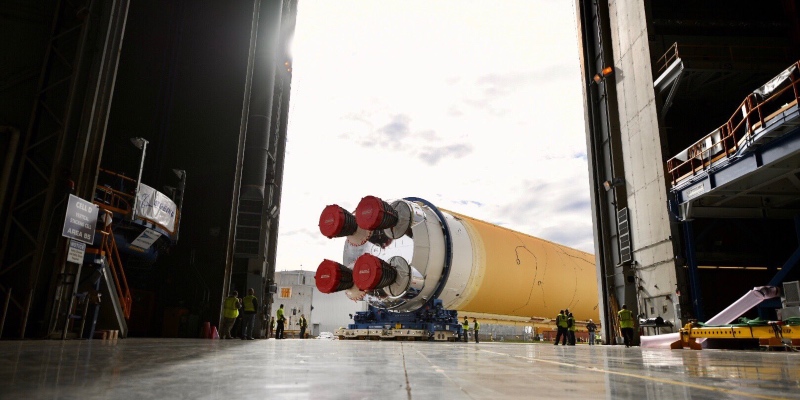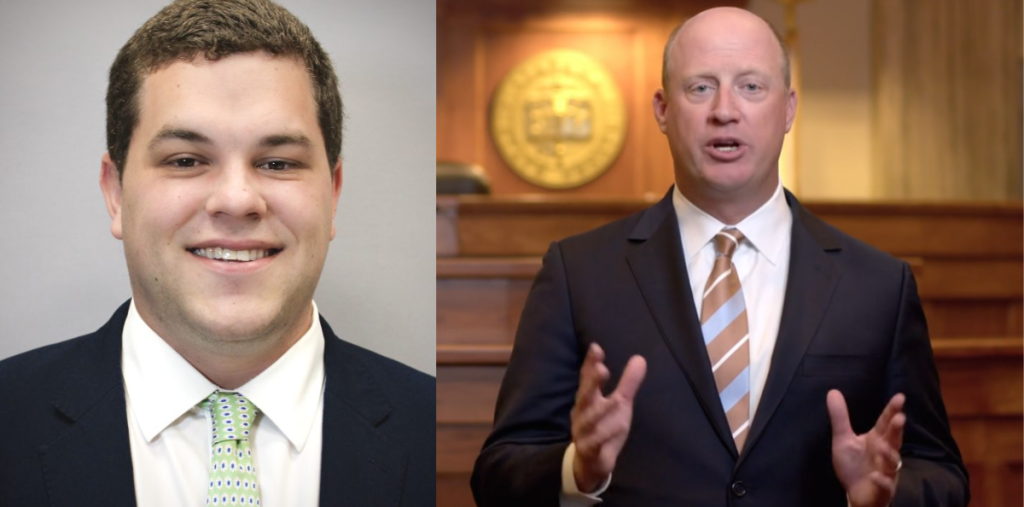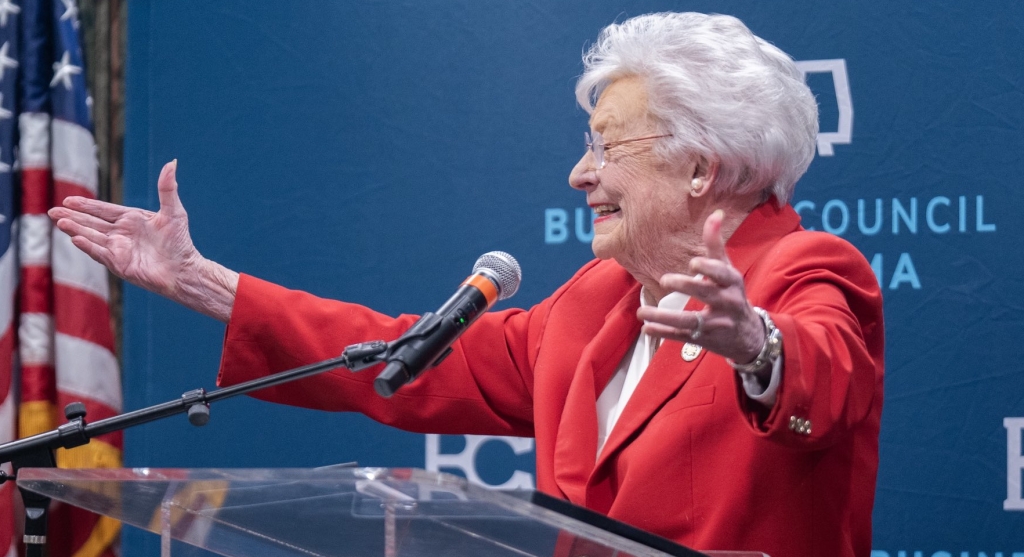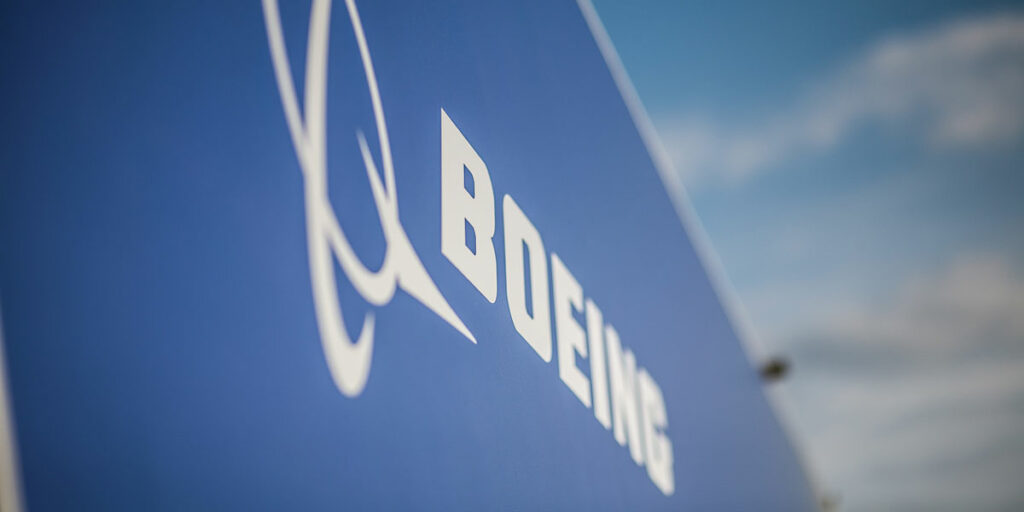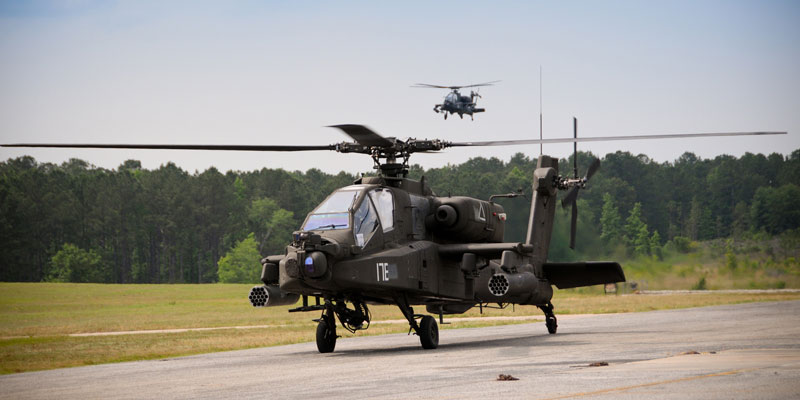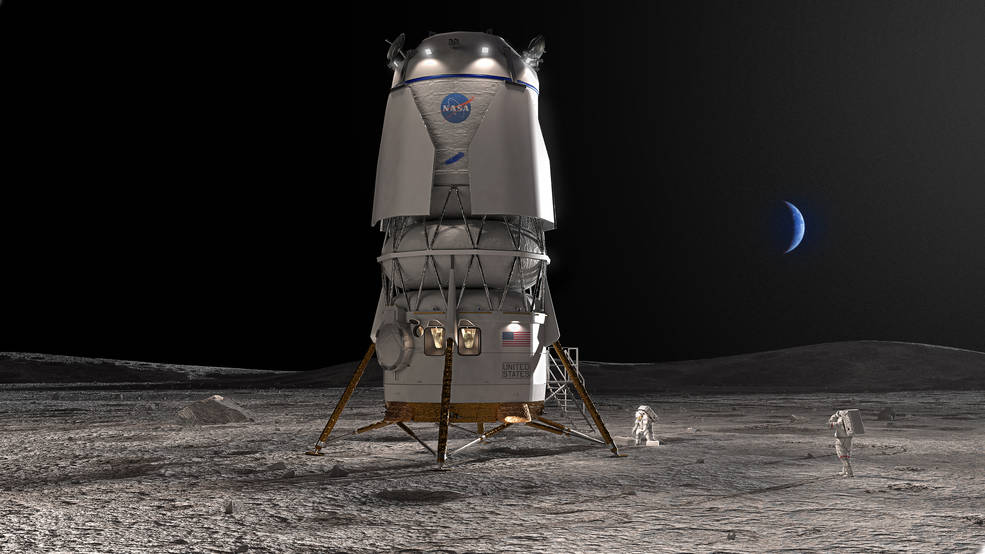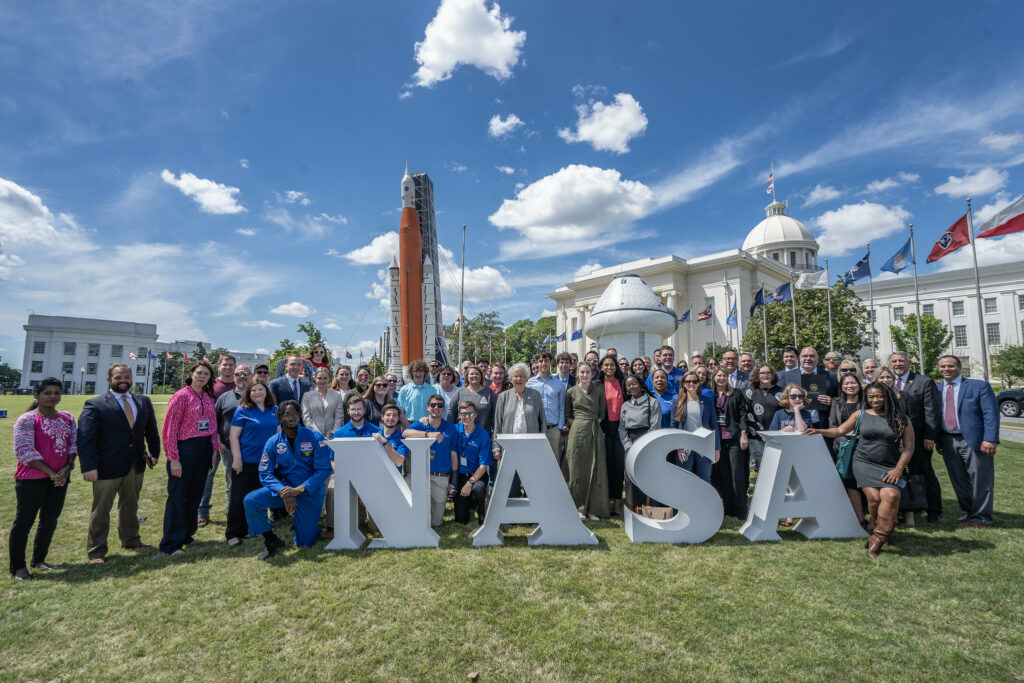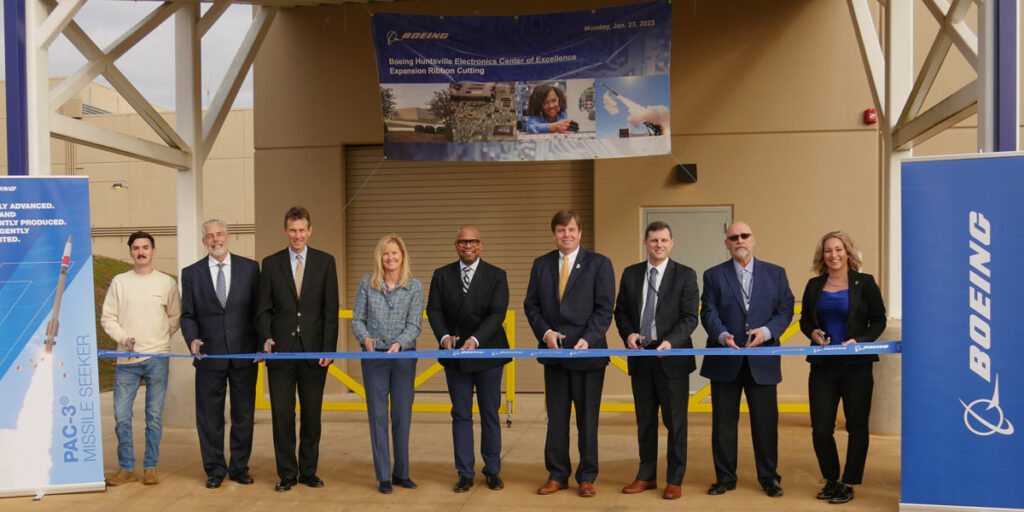Launch of Space Launch System (SLS) got a little closer last week when Boeing and NASA announced the completion of a necessary avionics review.
The review enables testing on the first SLS core stage to continue when NASA reopens Stennis Space Center.
The key testing phase for SLS, known as “Green Run,” is series of tests that will examine many of the rocket’s systems together for the first time in preparation for launch, a sequence one of the Boeing team leaders compares to a symphony.
“The propulsion systems make up the orchestra, while avionics is the conductor, the stage controller command-and-control system is the conductor’s baton, and the music is the roaring engines of a perfect hot-fire test,” explained Boeing SLS Avionics Director Kevin Fogarty.
The Green Run culminates with an eight-minute, full-duration hot fire of the stage’s four RS-25 engines to replicate the 2 million pounds of thrust required at launch.
Once the Green Run is complete, the next time the RS-25 engines fire up will be at launch from the Kennedy Space Center in Florida.
“By the time we take this vehicle to Kennedy Space Center it will be an extremely well-understood vehicle, and we’ll have really high confidence in flying it,” Boeing’s John Shannon said before SLS arrived at Stennis.
Alabama’s aerospace industry has led the effort to build SLS, set to become the most powerful rocket ever assembled.
The SLS program is managed out of Marshall Space Flight Center. Developed by Boeing in Huntsville, and powered by four Aerojet Rocketdyne RS-25 engines, SLS stands 212 feet high and 27.6 feet in diameter.
Congressman Robert Aderholt (AL-04) earlier on Tuesday took to Twitter to describe how SLS could be used to intercept asteroids, in addition to trips to the Moon and Mars.
Yet another reason to push ahead with this work. The rocket core is at Stennis Space Center to be test-fired this summer, and the EUS will reach critical design review by the end of this year.
— Robert_Aderholt (@Robert_Aderholt) May 5, 2020
Fogarty’s team successfully completed the review with NASA, confirming readiness for when all the SLS avionics hardware and software are needed to orchestrate the first phase of Green Run testing.
The second phase of testing on SLS will involve the actual use of propellants and requires a highly-automated software sequence known as the Terminal Countdown Sequence (TCS), which transitions control of the test execution from the human operators to both ground and flight computers.
“It’s like building a giant remote control for launch,” explained Boeing engineer Kim Bryner, who manages stage controller development from Florida.
Avionics teams in Florida and Alabama are now completing final software development and test work on Phase 2 TCS functionality to support the Green Run.
Tim Howe is an owner of Yellowhammer Multimedia




